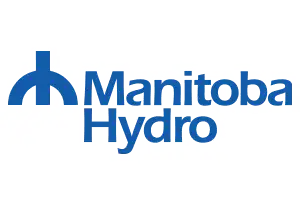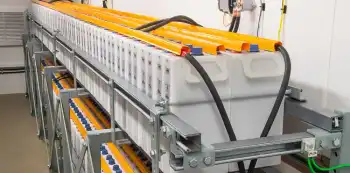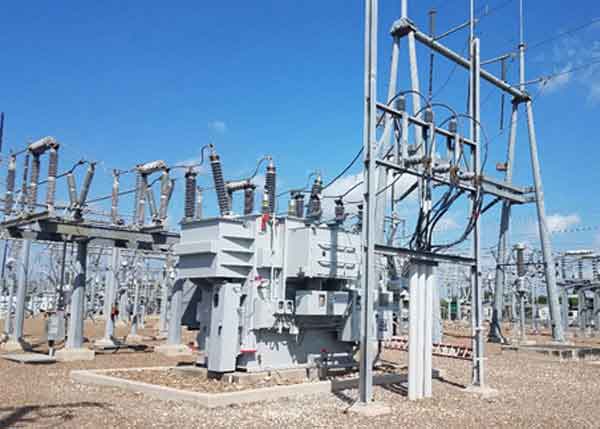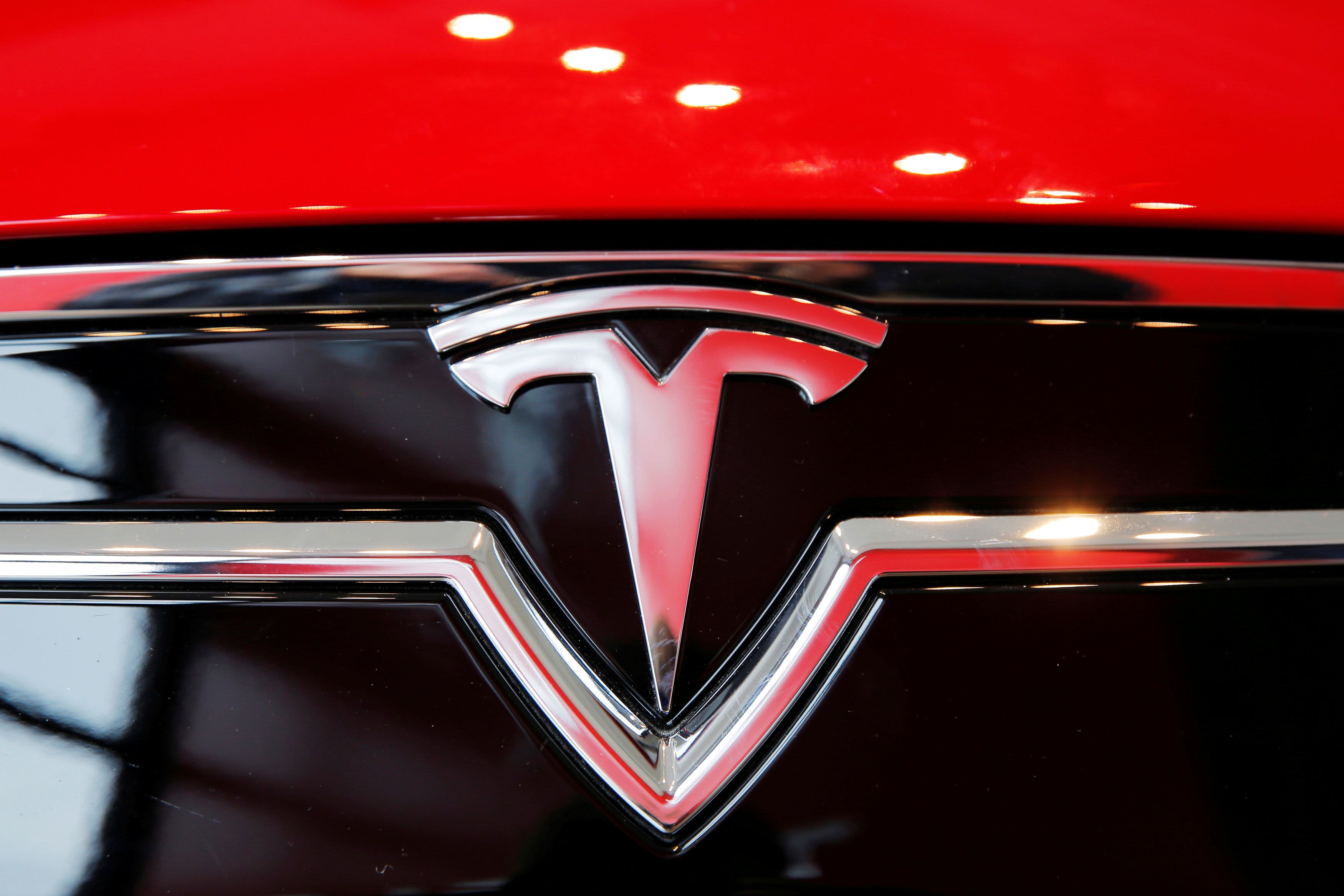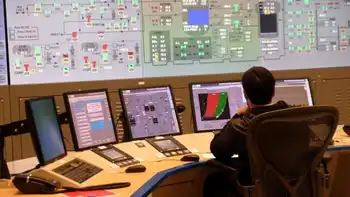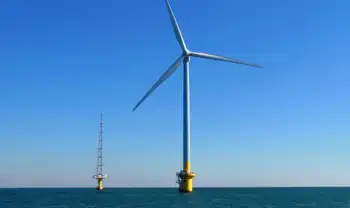Europe's largest solar site gets new partners
By Industrial Info Resources
CSA Z462 Arc Flash Training - Electrical Safety Essentials
Our customized live online or in‑person group training can be delivered to your staff at your location.

- Live Online
- 6 hours Instructor-led
- Group Training Available
Stadwerke Muenchen (SWM) is acquiring a 48.9% stake in the project company, while RWE Innogy and RheinEnergie are acquiring 25.1% via a joint holding company. The Andasol 3 plant is under construction and, with a generation capacity of 50 megawatts (MW), is described as one of the largest of its kind. The plant will be operational in 2011. The value of the deal was not disclosed.
Andasol 3 is located on the Plateau of Guadix in the province of Granada and is the third solar farm project in that region to use parabolic trough technology. Andasol 1 and Andasol 2 have similar capacities and are either connected to the grid already or are in the testing phase.
When finished, Andasol 3 will boast 210,000 parabolic mirrors that will concentrate the sun's rays. The heat generated will be transferred via heat transfer fluid, and using heat exchange devices, the thermal energy is transferred to a water/steam circuit that drives a turbine to generate electricity. The turbines in use are being supplied by MAN Turbo AG.
The three Andasol power plants have a massive collector surface area of more than 1.5 million square metres — equal to the surface area of approximately 210 football fields — making it the largest solar energy site in Europe. The expected gross energy production for each power plant is roughly 170 gigawatt-hours a year. All three will be capable of supplying power to about 500,000 homes and will offset 450,000 metric tonnes of carbon dioxide annually.
"We have an ambitious objective: Munich will be the first city in Germany where all private households can be supplied with electricity generated from renewable sources in SWM's own power plants," said Dr. Kurt Mühlhäuser, Chairman of the Executive Board of SWM. "We currently use hydroelectric power, wind energy, biomass and photovoltaic cells. With our investment in the Andasol 3 project, we have chosen another groundbreaking technology. The parabolic trough power plant in the south of Spain will bring us a great deal closer to our objective."
Professor Fritz Vahrenholt, Chairman of the Board of RWE Innogy, added: "Parabolic trough technology sets new benchmarks for solar electricity generation. It can be deployed on a large scale and generates electricity in a reliable and power-grid-friendly way, even after sunset, thanks to a huge molten-salt thermal-storage system. This allows the plant to generate electricity for almost twice the amount of hours as a solar power plant without the storage system. For us, this investment is therefore a further important step toward a sustainable and safe method of providing energy on the basis of renewable energies."





